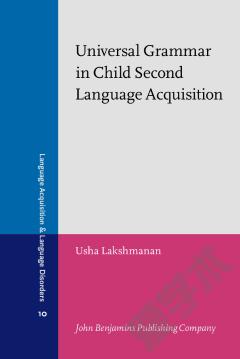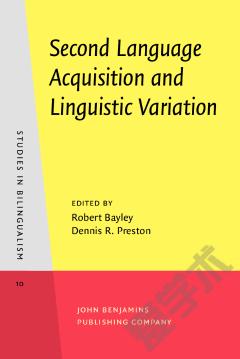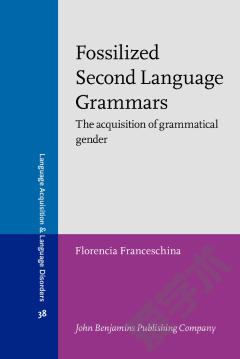Universal Grammar in Child Second Language Acquisition. Null subjects and morphological uniformity.
This book examines child second language acquisition within the Principles and Parameters theory of Universal Grammar (UG). Specifically, the book focuses on null-subjects in the developing grammars of children acquiring English as a second language. The book provides evidence from the longitudinal speech data of four child second language (L2) learners in order to test the predictions of a recent theory of null-subjects, namely, the Morphological Uniformity Principle (MUP). Lakshmanan argues that the child L2 acquisition data offer little or no evidence in support of the MUP’s predictions regarding a developmental relation between verb inflections and null-subjects. The evidence from these child L2 data indicates that regardless of the status of null subjects in their first language, child L2 learners of English hypothesize correctly from the very beginning that English requires subjects of tensed clauses to be obligatorily overt. The failure on the part of these learners to obey this knowledge in certain structural contexts is the result of perceptual factors that are unrelated to parameter setting. The book demonstrates the value of child second language acquisition data in evaluating specific proposals within linguistic theory for a Universal principle.
{{comment.content}}








 京公网安备 11010802027623号
京公网安备 11010802027623号